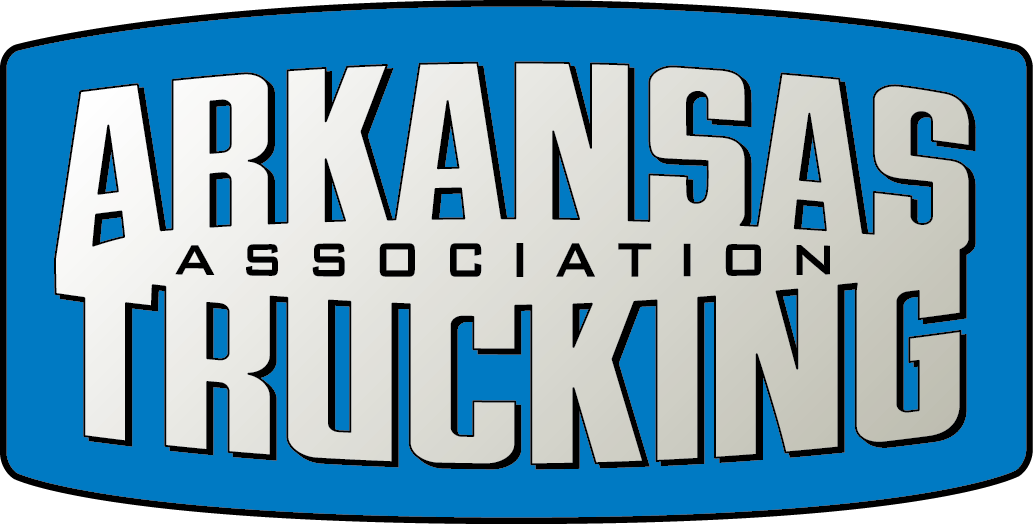The Arkansas Trucking Association (ATA) applauds the introduction of the DRIVE-Safe Act, a critical piece of legislation introduced yesterday that aims to address the massive driver shortage affecting the delivery of commerce in our country, while also promoting enhanced safety training for new members of the workforce.
The trucking industry is hindered by federal law which prohibits the movement of goods across state lines by individuals under the age of 21. This arbitrary restriction on interstate deliveries is particularly problematic in attracting young people to the opportunities available in the trucking industry. Most states, including Arkansas, allow individuals to obtain a commercial driver’s license (CDL) at age 18. An 18 year-old driver may then legally deliver a load from Fort Smith to West Memphis, but is prohibited from delivering just nine miles further in Memphis, Tenn.
The proposed legislation would create a graduated two-step program for 18–21 year-old CDL holders to train with experienced drivers before earning credentials that would allow them to legally make interstate deliveries.
“The DRIVE Safe Act is a significant step that addresses two issues of importance to Arkansas,” said ATA president Shannon Newton. “First, it provides a career path for young people seeking to join an industry with a strong presence in our state. Second, for the more-than 4,000 registered motor carriers in Arkansas, the DRIVE Safe Act will help them provide service to their customers by accessing a pool of drivers who have been trained to exacting standards above and beyond current requirements.”
Chris Spear, President and CEO at American Trucking Associations, added, “This is a common-sense proposal that will open enormous opportunities for the 18-21 year-old population, giving them access to a high-paying profession free of the debt burden that comes with a four-year degree.”
Introduced by Reps. Duncan Hunter (R-Calif.) and Trey Hollingsworth (R-Ind.), the DRIVE-Safe Act will help train younger drivers far and above current standards. Under the legislation, once a driver has met the requirements to obtain a CDL, the program’s additional training will include rigorous performance benchmarks that each candidate must achieve. Drivers will be required to complete at least 400 hours of on-duty time and 240 hours of driving time with an experienced driver in the cab with them. All trucks used for training in the program must be equipped with safety technology like collision mitigation, video event capture, and speed governors—the same systems that young drivers can expect to encounter throughout their career on the road.
Newton concluded, “Most importantly, this bill puts safety at the forefront while keeping our economy moving forward. It’s a reasonable approach that benefits younger Arkansans and an industry with strong foundations in the state.”



